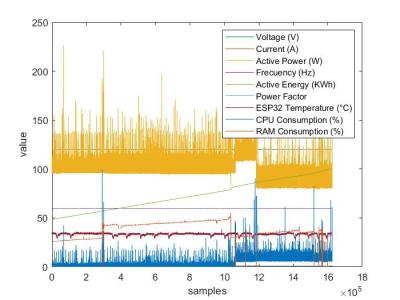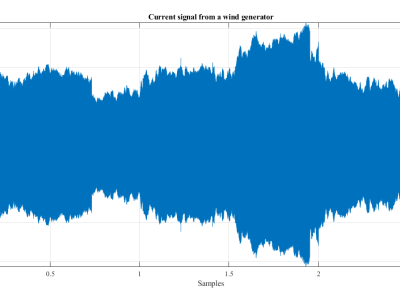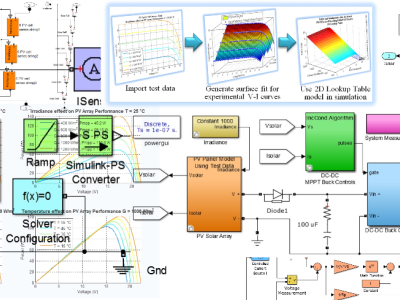Node-Breaker Model of the IEEE 300-Bus System

- Citation Author(s):
-
Bilgehan Donmez
- Submitted by:
- Bilgehan Donmez
- Last updated:
- DOI:
- 10.21227/f908-cy10
- Data Format:
- Research Article Link:
 1295 views
1295 views
- Categories:
- Keywords:
Abstract
Conventionally, state estimation is run on reduced bus-branch (BB) network models. On the other hand, when detailed node-breaker (NB) models are used, no network reduction is necessary. This allows joint estimation of system states and network topology. For testing SE applications using NB models, an expanded version of the IEEE 300-bus system is created. The following changes are made to the original BB model to generate the NB model:
- The original system information (branch impedance values, loads and generators) in the IEEE 300-bus system is retained.
- All transmission buses are treated as substations with either double-bus-double-breaker, ring-bus, or breaker-and-a-half configurations, based on the number of incident lines.
- To terminate both ends of each regular branch between two circuit breakers, 1186 zero-impedance branches are added in the new NB model. The flows through these branches constitute the new SD-flow states.
- With the addition of SDs, the node count goes up from 300 in the BB model to 1233 in the NB model. All new nodes are given a unique four digit bus number.
This dataset was used for the state estimation implementation in the following paper:
B. Donmez and A. Abur, "Static State Estimation Without Topology Processor," in IEEE Transactions on Power Systems, vol. 36, no. 5, pp. 4712-4722, Sept. 2021, doi: 10.1109/TPWRS.2021.3064975.
Instructions:
- pfinput_IEEE_Data_Format_Modified_For_NBmodeling.txt: Network data format description
- measure_Data_Format.txt: Measurement data format description
- LAV.zip: Data files for LAV state estimation
- Hachtel.zip: Data files for Hachtel's method state estimation








